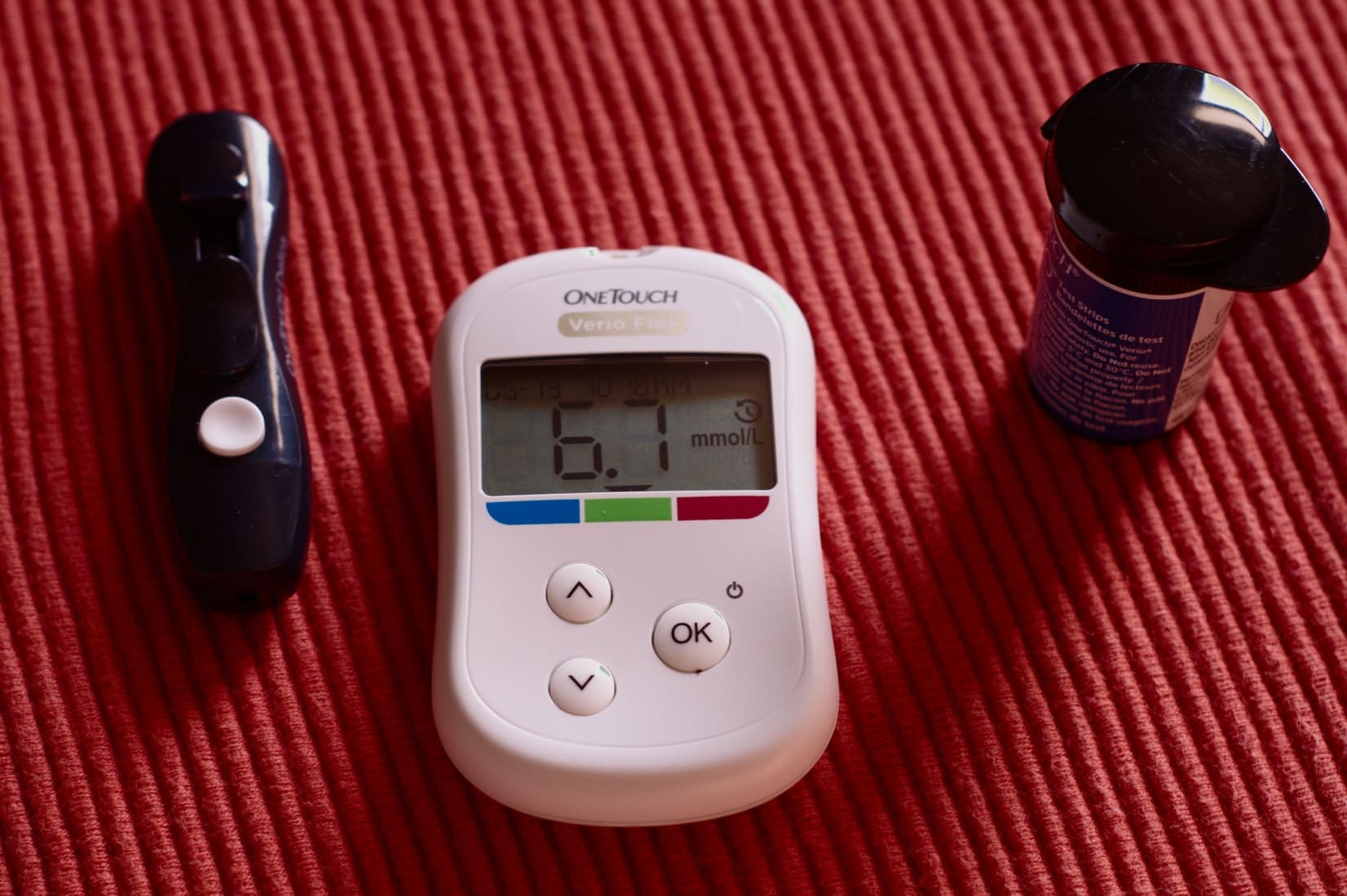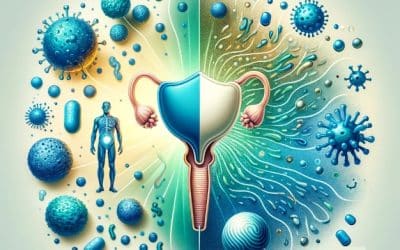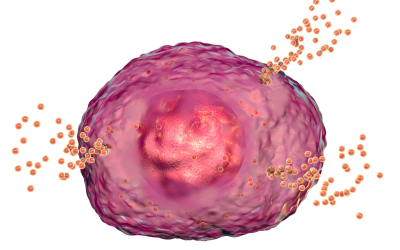The relationship between thiamine and diabetes mellitus (DM) has been reported in the literature (Luong & Nguyen, 2012). Thiamine acts as a coenzyme for transketolase (Tk) and for the pyruvate dehydrogenase (PDH) and α-ketoglutarate dehydrogenase complexes. These enzymes play a fundamental role for intracellular glucose metabolism by increasing Krebs cycle activity (Luong & Nguyen, 2012). Low thiamine has been reported to be decreased by 76% in T1D and 75% in T2D patients, as evidenced by low blood thiamine levels, erythrocyte transketolase activity and high erythrocyte thiamine pyrophosphate (TPP).
Additionally, thiamine transporter protein concentration has been shown to be increased in erythrocyte membranes of T1D and T2D patients. “Therefore, changes in thiamine levels may be masked by an increase in thiamine transporter expression” (Luong & Nguyen, 2012). The low thiamine values in diabetic patients might also be a reduced apo-enzyme level from the disease itself rather than thiamine deficiency (Luong & Nguyen, 2012)
I think it is important to mention, there are four distinct biochemical pathways that have been identified as mechanisms in which intracellular hyperglycemia can promote some of the complications of diabetes (such as vascular damage, renal impairment, neurological damage and endothelial damage in the retina) (Brownlee, 2005). These include: increased flux through the polyol pathway, formation of AGE’s, activation of protein C kinase pathway and increase flux through hexosamine biosynthetic pathway. I will briefly discuss each below (Luong & Nguyen, 2012).
- Polyol pathway- This pathway focuses on the enzyme aldose reductase, which is responsible for reducing toxic aldehydes in the cell to inactive alcohols. But when the glucose concentration is too high in the cell, aldose reductase reduces the glucose to sorbitol. NADPH is used to drive this reaction forward, but it runs the risk of being overconsumed in this process. When there is elevated blood glucose and energy overload in the cell, we start to waste NADPH which is essential for regeneration of GSH. When we are running through this pathway, it can cause a glutathione deficit in the cell, which is why sometimes diabetes is associated with GSH deficiency. By reducing the amount of reduced glutathione, the polyol pathway can increase susceptibility to intracellular oxidative stress (Luong & Nguyen, 2012).
- Intracellular production of AGE precursors. AGE’s are toxic compounds deriving from non-enzymatic glycoxidation reactions of reducing sugars with proteins, which then result as being structurally and functionally compromised. Protein glycation occurs in vivo in physiological conditions as a post-translational modification that takes place slowly and continuously during the life span, driving AGE accumulation in tissues during aging. AGE’s have been associated with age related conditions such as diabetes and insulin resistance. In addition, accumulation of AGE’s is accelerated leading to other conditions (Aragno & Mastrocola, 2017).
- Activation of the protein Kinase C pathway- High levels of fatty acids and hyperglycemia activate DAG, which turns on PKC. This promotes various processes that results in decreased nitric oxide (NO) bioavailability. Reducing NO availability and produces oxidative stress in the nervous and vascular system, and reduce ability to synthesize NO which can increase oxidative stress(neuro and vascular) and reduce the ability to synthesize NO which can increase vasoconstriction, poor blood flow and oxygenation of tissue (Roberts & Porter, 2013).
- Hexosamine pathway– Chronic high blood pressure can upregulate this pathway. Fructose 6-P is transformed to glucosamine 6-P by the enzyme glutamine fructose 6-P amidotransferase (GFAT). Glucosamine then promotes the synthesis of uridine diphosphate-N-acetylhexosamine (UDP-GlcNAc) that then serves as a substrate for N- or O-glycation of numerous proteins (Luo, Wu, Jing, & Yan, 2016). “This posttranslational modification can enhance glucotoxicity by impairing protein function and has been demonstrated to be involved in insulin resistance and pathogenesis of diabetes” (Luo et al., 2016). If transketolase activity is low, it is likely that fructose 6 pathway will go through hexosamine pathway, instead of the pentose phosphate pathway which thiamine is a cofactor.
Diabetics are associated with tissue specific thiamine deficiency. This is often demonstrated by: a marked decrease of plasma thiamine concentration; decreased activity of the thiamine-dependent enzyme of transketolase (TK); decreased levels of TK protein in renal glomeruli linked to a profound increase in renal clearance of thiamine (Thornalley et al., 2007). According to Thornalley et al (2007), diabetics are statically more likely to be more thiamine deficient since they waste it through kidneys making their requirement higher.
Insulin deficiency is also associated with reduced rate of thiamine transport across the intestine. High prevalence of low plasma concentrations is prevalent in patients with T1 and T2 diabetes, associated with thiamine clearance
What all this means?
Transketolase acts as a bridge between PPP and glycolytic pathway requiring B1 as a cofactor. Thiamine deficiency slows down transketolase. With thiamine, the pentose phosphate pathway can take the extra intermediates of the glycolytic pathway until we need to make more energy. When there is thiamine deficiency, we are unable to effectively shunt these intermediates down the pentose phosphate pathway( PPP), we end up with build up of intermediates. When this energetic block occurs, such as in mitochondrial dysfunction, the intermediates are shunted into alternative pathways. These yield inflammatory products, and it is the products of these pathways that are central in the damage caused by diabetes or involved in diabetic complications.
In diabetes, there is an overload of energy, which causes reverse the electron flow which can then increase reactive oxygen species. Decreased availability of thiamine in vascular cells in diabetes exacerbates metabolic dysfunction in hyperglycemia (Thornalley et al., 2007). These yield inflammatory products as indicate above, and it is the products of these pathways that are central in the damage caused by diabetes or involved in diabetic complications.
It is thought that thiamine supplementation is helpful in diabetes. Thiamine supplementation can reduce AGE formation, reduce flow through hexosamine and polyol pathway, reduce protein kinase C activity, inhibits NF-KB activation and normalize markers associated with methylglyoxal and glycation.
High dose supplementation as befothiamine and thiamine hydrochloride possess antioxidant properties, reduces lipid peroxidation, reduces oxidative stress associated with diabetes and activates eNOS (EONutrition, 2019). It may also improve endothelial dysfunction in a hyperglycemic state. In addition, it may improve pain associated with diabetic polyneuropathy and reduce urinary albumin excretion, reducing renal AGE’s and oxidative damage (EONutrition, 2019).
References
Aragno, M., & Mastrocola, R. (2017). Dietary Sugars and Endogenous Formation of Advanced Glycation Endproducts: Emerging Mechanisms of Disease. Nutrients, 9(4). doi:10.3390/nu9040385
Brownlee, M. (2005). The pathobiology of diabetic complications: a unifying mechanism. Diabetes, 54(6), 1615-1625. doi:10.2337/diabetes.54.6.1615
EONutrition (2019). Retrieved (2020, June 22) from https://www.youtube.com/watch?v=m3DopqTz1Q4&t=801s
Luo, X., Wu, J., Jing, S., & Yan, L. J. (2016). Hyperglycemic Stress and Carbon Stress in Diabetic Glucotoxicity. Aging Dis, 7(1), 90-110. doi:10.14336/ad.2015.0702
Luong, K. V., & Nguyen, L. T. (2012). The impact of thiamine treatment in the diabetes mellitus. J Clin Med Res, 4(3), 153-160. doi:10.4021/jocmr890w
Roberts, A. C., & Porter, K. E. (2013). Cellular and molecular mechanisms of endothelial dysfunction in diabetes. Diab Vasc Dis Res, 10(6), 472-482. doi:10.1177/1479164113500680
Thornalley, P. J., Babaei-Jadidi, R., Al Ali, H., Rabbani, N., Antonysunil, A., Larkin, J., . . . Bodmer, C. W. (2007). High prevalence of low plasma thiamine concentration in diabetes linked to a marker of vascular disease. Diabetologia, 50(10), 2164-2170. doi:10.1007/s00125-007-0771-4








